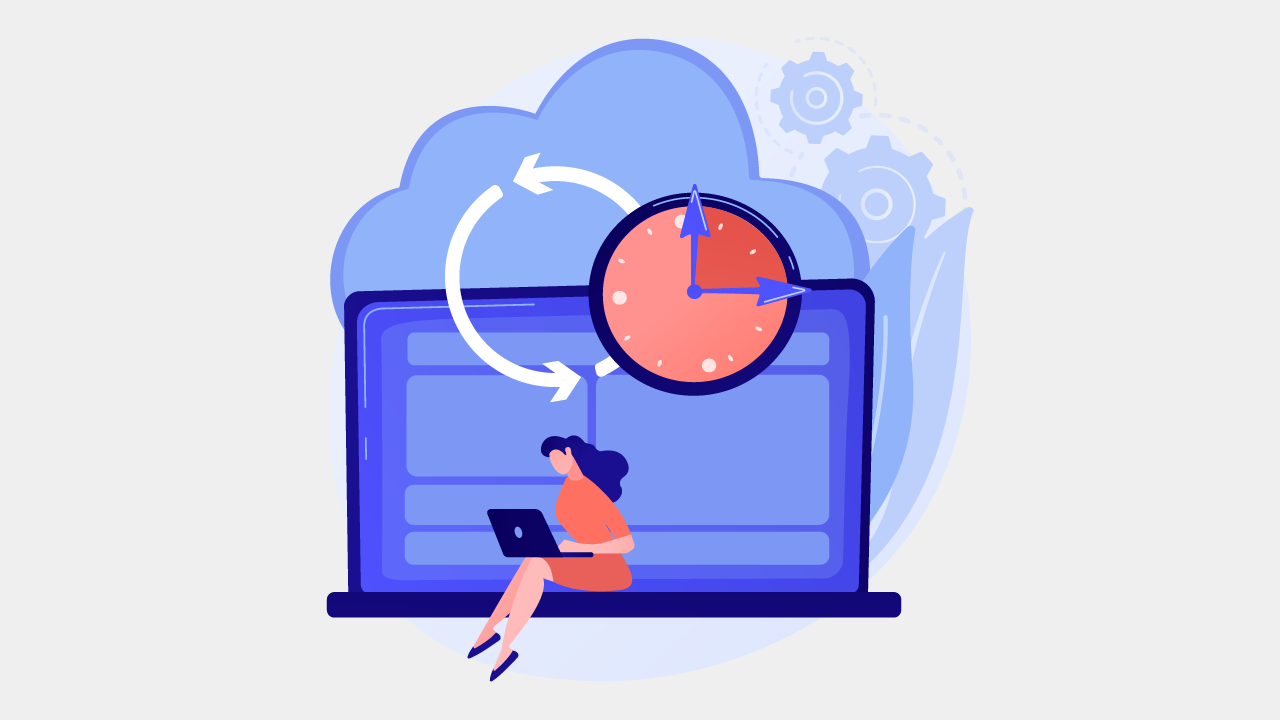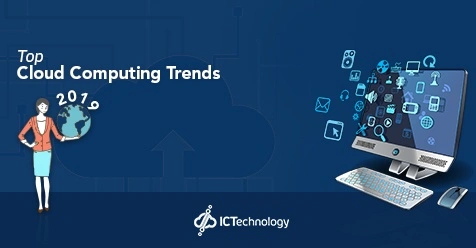The EOFY Tech Checklist You Didn’t Know You Needed As an accountant at ICTechnology, I've had the privilege of collaborating with colleagues across various departments to understand how technology impacts businesses during the End of Financial Year (EOFY) period. While many business owners focus on finalising their financials, there's an often-overlooked area that can either make or break the smooth transition into the new
How Can I Backup My Files To The Cloud? According to statistics, no data is secure – businesses lose 44 files every second or four million files every day. Organisations must regularly deal with various common causes for data loss, including hardware or software malfunction, cyberattacks, malevolent insiders, human error, and natural disasters. You can protect your data from loss or damage using a
How Kaspersky Cloud Security Acts As An Iron Shield For All Your Data? How Kaspersky Cloud Security Acts As An Iron Shield For All Your Data? To protect your organization from cybercriminals, you need a robust security system that safeguards your data at all times. Cyber threats—like APTs, ransomware, data theft, and financial fraud—can strike in various forms and cause severe damage. Your security
Is Your Business Ready for Latest Cloud Computing Trends in 2025?
Is Your Business Ready for Cloud Computing Trends 2025? - 2019 will be a year of Technology especially Cloud Services. This is the time to check and analyze your forthcoming business plans and set your New Year objectives. We are already running in the last semester of 2018. Businesses and top management IT executives are considering this on priority. In this article, we are introducing the list of top Cloud Computing trends that will be everywhere in 2019 and how they can help you accomplish your New Year goals and business growth plans.
Are My Files Really Safe If I Store Them in the Cloud
Are My Files Really Safe If I Store Them in the Cloud - We are producing more data than ever before. According to computer giant IBM, more than 2.5 quintillion bytes is produced every day and it’s growing fast. There were an estimated 6.4 billion connected “things” in 2016, up 30% from the previous year. We are also continuously sending and receiving data over digital networks. This unstoppable growth is unsustainable if we don’t act smart and manage the chunks of Big data that we all produce, store, and constantly share.
Public Cloud vs. Private Cloud vs. Hybrid Cloud Storage
Moving to the Cloud for running and storing information for your business is no longer a new idea but has become a standard practice. According to the 2017 survey on Cloud adoption by RightScale, 95% of respondents are running their applications on Cloud storage.
6 Best Add Ons from MS Office 365 for Your Smoother IT Operations
6 Best Add Ons from MS Office 365 for Your Smoother IT Operations - MS Office 365 is one of the “fastest growing tools” in the history of cloud computing. According to Microsoft, an increment of almost 150% is recorded among small and medium size businesses (SMBs) adopting this technology, as compared to the last year. Some amazing features that make it so popular are business continuity, scalability, efficiency, and data recovery. If you are still unsure about migrating to cloud with Office 365, check out these new product add-ons that will convince you to change the way you operate:
In today’s highly dynamic work environment, Cloud Computing is a proven technology to make your business more efficient and thus, profitable. According to different researches and statistics numbers, incorporating Cloud technology to any business, big or small, results in high quality of services with the lowest expenses on operational needs.
27% of the larger organisations have already shifted their ERP to the Cloud and 78% are more likely to switch. However, small businesses are still stuck with old traditional systems and don’t want to move on. It can be due to multiple reasons. Let’s dig deeper into this issue:











